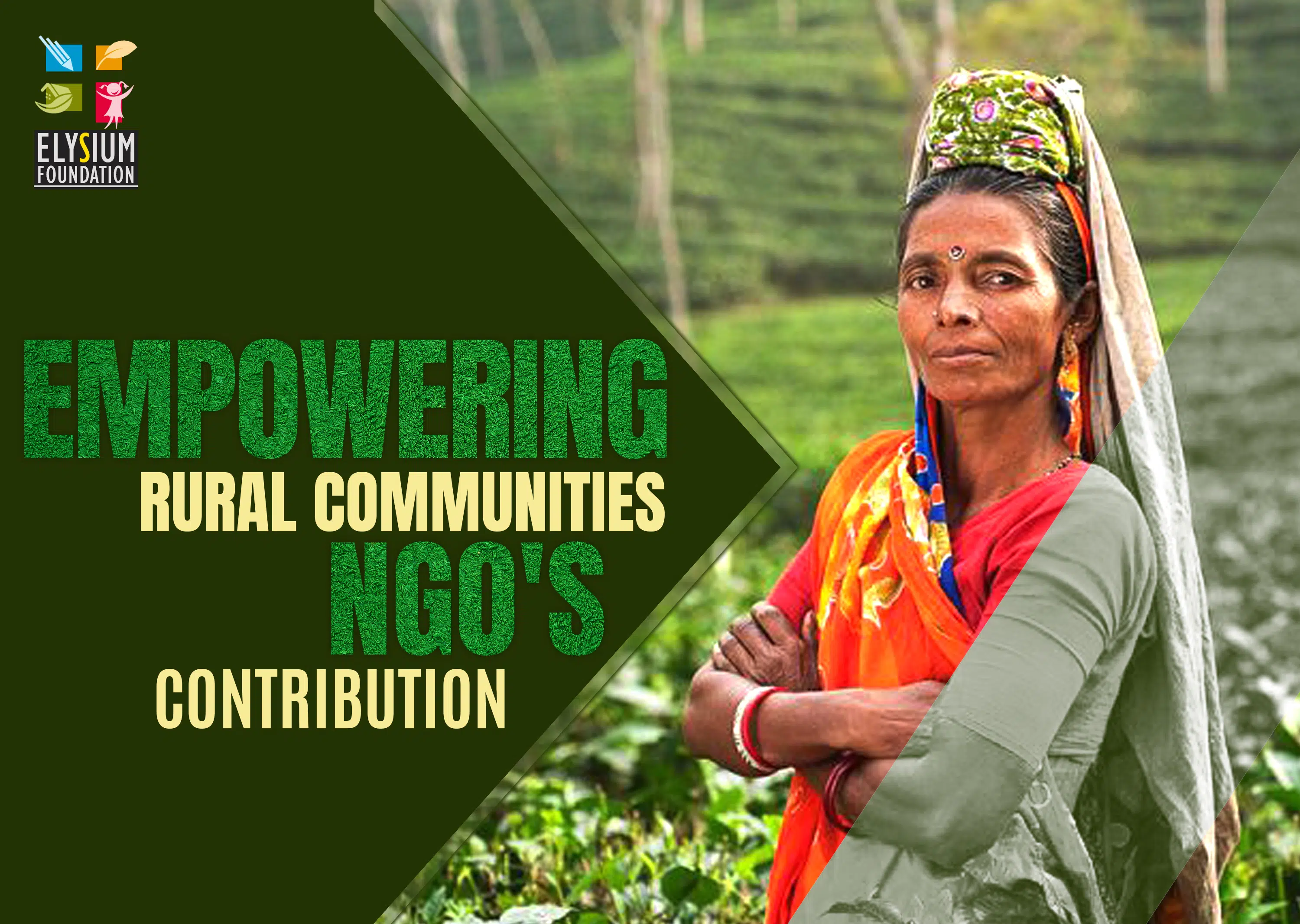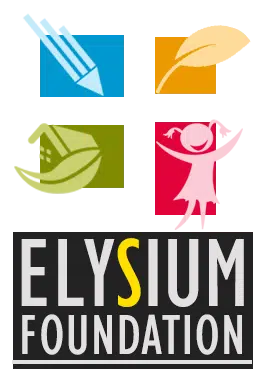
28 Aug Empowering Rural Communities – NGO’s Contribution
Non-Governmental Organisation (NGO)
A Non-Governmental Organisation (NGO) is a charitable organisation that operates independently of any government. NGOs, sometimes known as civil societies, are non-governmental organisations (NGOs) organised on a community, regional, and global level to serve a social or political aim such as humanitarian issues or the environment.
The phrase is true even today in terms of social, economic, and political context. The majority of the world’s population lives in rural communities. Because over 70% of Indians reside in rural regions, the country’s development is based on rural economic development. Therefore, everyone should enjoy the same standard of living as people who live in suburbs and cities.
Community Development
In India, the term “community” is frequently used to refer to religious or caste groupings, as well as economic groups that do not necessarily live in the same area. However, in sociology, the term “community” refers to a collection of individuals who live in a specific location and share certain basic common interests.
The Community Development and National Extension Service study team (1957) correctly pointed out that the term “community” had previously meant religion or caste groups. The Community Development Programme was launched with the intention of being applied to the concept of the village community as a whole, cutting through caste, religious, and economic barriers.
Main Objectives of Rural Development
- To raise people’s living standards by giving them food, shelter, clothing, work, and education.
- To boost rural output and alleviate poverty.
- People should be involved in planning and development by participating in decision-making and centralising administration.
- In terms of social and economic infrastructure, this entails providing commodities and services.
- Increasing the self-sufficiency of each rural family’s income.
- In the process of improving services for the rural population.
Key Factor to Empower Rural Community
Rural Community Development
To promote the comprehensive development of communities and their people, the programmes focus on improving livelihood, early childhood development, health, education, water and sanitation, youth-related activities, the environment, and strengthening grassroots institutions.
Skills and Vocational Training
In order to develop non-farm livelihoods, skills and vocational training is established, in which youngsters are taught income-generating and vocational skills such as computer applications, tailoring, beautician, handicrafts, and machine maintenance, among other things. We’ve also started technical skills classes for rural youngsters who are interested.
Rural Development Projects and Programs
Rural development projects are micro-level attempts to bring about desired improvements in rural communities. On the other hand, rural development programmes encompass a wide number of projects and initiatives that are linked to one another, affecting several sectors of rural social and economic life. Rural development initiatives and policies aim to effect broad-scale changes that affect a large number of people.
Community Development Program
The community development programme, which began in 1952, attempted to promote rural people’s participation in the development process. The fundamental goal of the CDP was to construct infrastructure in rural areas with people’s active involvement or participation, which was accomplished through the establishment of National Extension Services.
Area Approach
In this approach, development attempts were concentrated in a few select places. In this technique, the areas that require special focus for certain problems to be addressed were chosen. Some of the primary efforts under this method are the Drought Prone Area Program (DPAP), Command Area Development Program (CADP) and others.
Integrated Rural Development
While it comes to defining the notion of Integrated Rural Development, there is a lot of dispute among rural development professionals. Most developing countries’ rural economies and social structures are characterised by poverty, poor health conditions, a bad housing environment, illiteracy, inequality, exploitation, unequal distribution of land and other assets, and a lack of rural infrastructure. As a result, there is a need for a problem-solving method that takes all of these aspects into account when developing a comprehensive strategy to encourage and accelerate rural development.
Local Level Participation in Rural Development
In recent years, there has been a standard shift in the approach to rural development. People-centred and situation-specific initiatives are being made. This is because rural problems vary depending on the situation, and problems must be treated locally utilising existing resources. As a result, ensuring that people are included in all development activities is becoming a must for each rural development endeavour.
Rural Development’s Importance in India
Social Importance
- Numerous rural issues
- Changes in society
- The most efficient use of resources
- Infrastructure resources
Economic Importance
- Gross National Income
- Sources of income and employment
- Food and fuel
- Development of Industry
- Internal Transportation and Trade
- World Trade and Rankings
- Investment and capital formation
Conclusion
Rural communities play a vital role in bringing about the more environmental and social changes required for long-term development. There are many challenges they face, including limited access to credit, health care, and education, which are made worse by the global food and economic crises and climate change. As women make up a large portion of agriculture’s workforce, empowering them is essential to the well-being of individuals, families, and rural communities and overall economic productivity.




No Comments